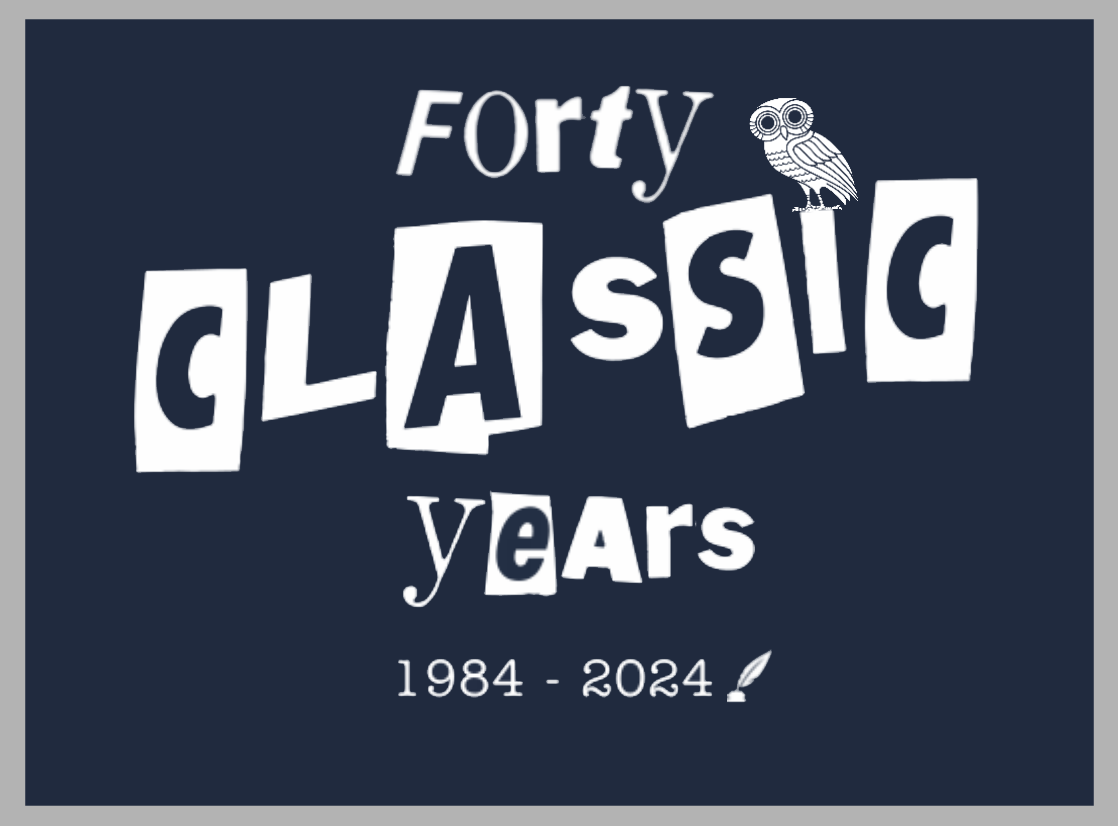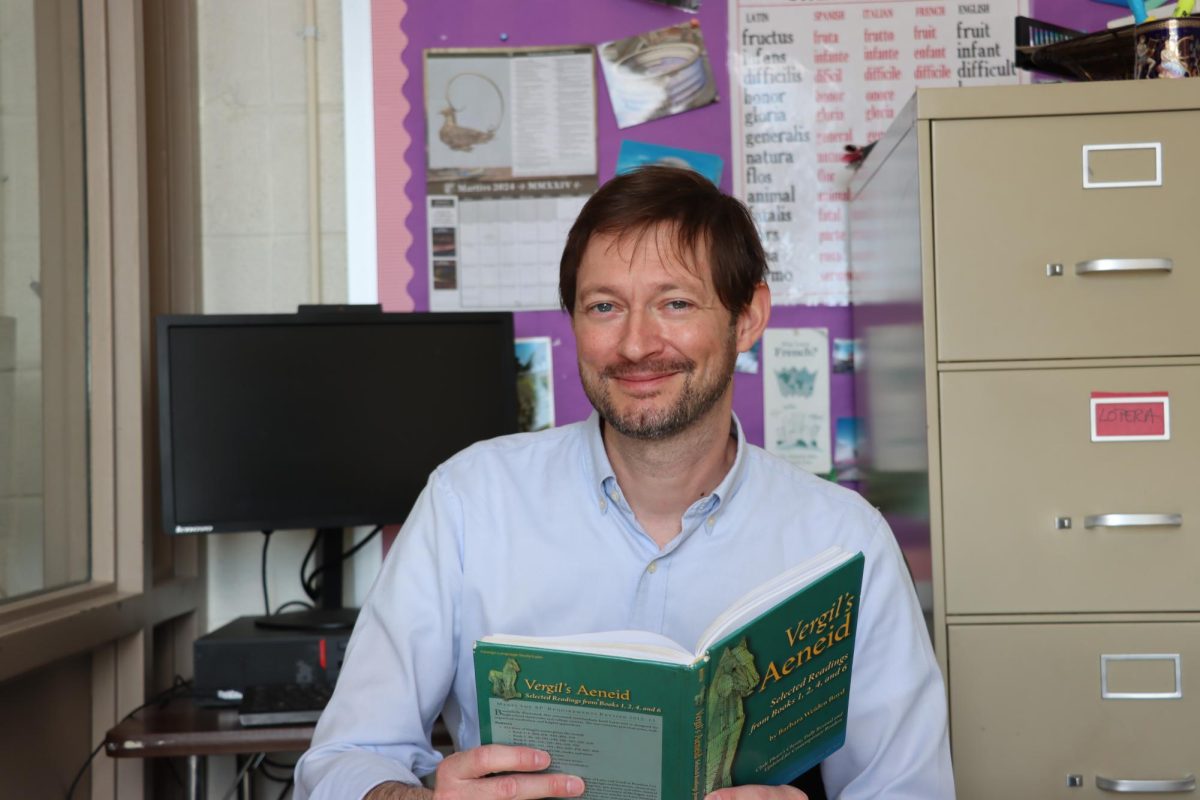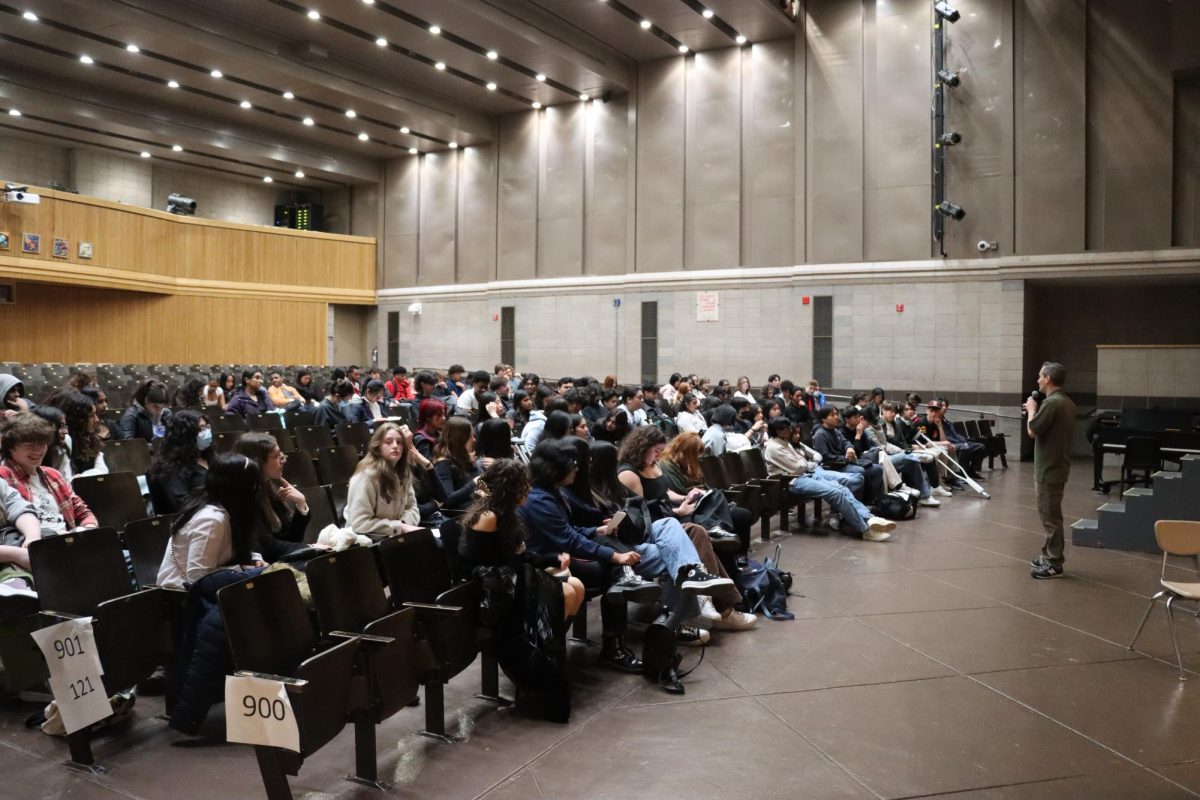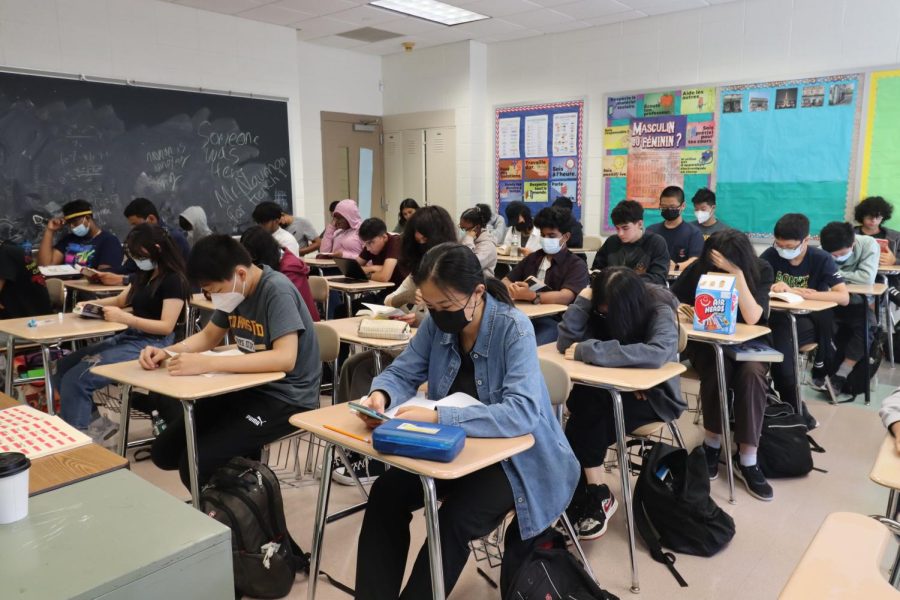
When the principal walks into a classroom, students’ backs grow straighter; their attention to the board strengthens, and hands raise to participate and engage with the teacher. Although the students themselves are not the focus of the administrator’s visit, there is a noticeable shift in the air, an unspoken agreement to behave as the ideal student.
What seems like a simple observation is actually rooted in the larger “accountability” movement. In past years, there was the notion that teachers and students must meet in the middle; both parties had to try their best, but if a student didn’t put in the work, it was acknowledged that it wasn’t necessarily due to a lack of effort on the teacher’s part.
Today, mentality dictates that we leave no child behind. An admirable objective, in practicality, has spawned a teacher evaluation system based on student outcomes. Evaluating a teacher’s success with student success has hit many hurdles, as student outcomes are affected by a variety of factors—not just by the effectiveness of a teacher. While intended to improve schools and raise the bar on education in the United States, accountability has added additional stress to schools by not accounting for the complexity of education in New York City.
“My last school was always on the verge of closing,” Harbor School Principal Jeff Chetirko remembered. “What we did was increase our test scores, decrease our student incidents and gave the city no reason to want to close us. I put my entire life into saving that school. You have to be able to give up your nights, weekends and unfortunately, family time, to make something like that work,” he explained.
In schools in danger of closing, teacher evaluations seem like secondary concerns. Time spent making observations, filling out paperwork, and teaching to a test to nominally determine that a teacher is “effective” seems superficial, especially when such a rating system has been disputed and altered frequently.
Ever since the New York State Education Department (NYSED) introduced a statewide evaluation for principals and teachers in 2010, changes and amendments made to the law every subsequent year reflect the difficulty of homogenizing education standards in a state with 733 school districts of all different sizes and levels of need.
In 2009, President Barack Obama signed the Race to the Top initiative as part of the American Recovery and Reinvestment Act. The act awarded states with bonus funding for revamping their educational policies, such as performance-based evaluations for educators. In response, the NYSED re-evaluated their Annual Professional Performance Review (APPR), which is an assessment of teachers to improve the quality of instruction in school in order to improve student performance. The new APPR formulated in 2010, known as Advance, focused on student growth in order to gauge the success of a teacher. Student growth now comprised of 40% of the rating and the remaining 60% is based on classroom observations.
However, the development of Advance was a lengthy process that remains rather incomplete. For two years, Advance was piloted in about 200 schools with over 6,500 teachers. The system was always undergoing changes, specifically in regards to student performance. The tools used to measure student performance were contested, swapping state tests for local tests as a marker of student performance. As of 2015, state tests will no longer be used in teacher evaluations until 2019 in order to revamp the evaluation system with new Common Core standards.
Despite acknowledgement of the overemphasis in testing and de-linking of exams to evaluations, the evaluation system in place demonstrates deeper complications with measuring teacher success.
THE CHALLENGES OF DIVERSITY
“Teachers are not recognized for the emotional intelligence required to work with students that are incarcerated, [deal with] mental illness, drugs, etc.” one administrator from a Brooklyn school said. “Data doesn’t reflect the outreach. You can never win the race because of sporadic attendance,” he continued, adding that there are students who “have adult concerns. Students [who] need to work to support their families.”
In a school district with over a million students, the diversity of personal issues and learning needs complicate the role of teachers and increase the pressure placed on them as evaluations do not take into account the various roadblocks in students’ lives. Teachers are being held accountable for problems that they have no control over.
“It has been very stressful because we are held responsible for students who stop coming and then show up the last quarter of the year. We have had to move students who have 6th and 7th grade reading levels and got level 1s to low 2s on their 8th grade math test, through the curriculum,” a mathematics teacher from Archimedes Academy remarked.
Teachers in high-performing schools and low-performing schools also find it difficult to fit into the framework of what is deemed an “effective” teacher. While the growth model is used to evaluate the role of teachers in improving students, growth scores in high-performing schools may not work in the benefit of their respective teachers; already high-achieving students may find less room to improve or may succeed despite having an ineffective teacher due to their own hard work.
In trying to ensure that all students achieve at a certain level, lawmakers have failed to account for the variables in New York City that pose challenges to student success. With an accountability system grounded in proving student growth, teachers are left wondering if the state values the effort teachers put in or other definitions of “teacher success.”
DWINDLING EVALUATION CREDIBILITY
“We’re caught in this cycle…we have an existing system that’s been changed so much that there’s not much credibility left,” Harris Beach Attorney Howard Goldsmith said. Each year, each teacher’s score means something subtly different, encapsulating a nuanced change in evaluation rubrics. “It’s difficult to send my teachers and staff a message that seems always to be changing,” Principal Chetirko offered. “Two years ago, we needed to rate teachers on 22 important components, which were decreased to eight the year after. It’s hard for teachers and staff to believe in something that is always changing.”
“Every year or so the evaluation requirements change and administrators do their best to interpret the new mandates and help teachers reach them,” Health and Physical Education teacher Maria Assante added. “Even they, with their experience, may have a hard time understanding what’s required and the best way to accomplish these tasks.”
The system once dictated that teachers must be graded on some form of exam and so, subject teachers that did not teach classes with administered state or local exams were graded on the examinations of other subject classes. For example, Health and Physical Education teachers were graded based on the English Regents. Principal Barbetta remarked, “Now at THHS, we’re going to be okay because we have great grades, but that could be a challenge for many schools across the district. If I was a Latin teacher, do I really want to be graded on an English exam?”
Additionally, while objective measures are an important facet of teacher evaluations, the doubt that exams are an effective way of measuring student success, which is always intertwined with teacher success, and the changing education standards, lead to uncertainty about APPR scores. Along with complicated formulas to determine student academic growth and the fact that many teachers are rated on test scores for subjects they didn’t teach, teacher evaluation scores and ratings have become byzantine to understand.
According to the NYSED, while APPR plays a “significant factor in employment decisions…promotion, retention, tenure determination, termination, and supplemental compensation…teacher and principal professional development,” it is not the only factor. Teachers with effective or highly effective ratings can be fired for violating laws; those with ineffective or developing ratings can be kept or hired after considering other factors: “[If the teacher is] doing better every year, we see a lot of potential, [and] parents and students love him, the scores are not necessarily aligning well with the teacher’s performance” Mr. Goldsmith said.
While this allows flexibility in how teachers are employed, the confusion remains with the meaning behind APPR scores and how they are to be used in improving schools. This confusion adds additional stress to administrators and teachers as they must be accountable to students and foster a love of learning, yet remember to heed and keep up with state requirements.
RIGHTING EVALUATIONS
Many administrators and teachers believe that it’s important to assess teacher success with students in order to improve schools, but feel that it distracts teachers from their goal of engaging with students and making them excited about learning. “In an age of obsessive accountability and having to prove everything we do with superficial data, it seems that the pressure takes away some of the fun,” English teacher Georgia Brandeis expressed. “There’s a lot more busy work of trying to make sure we are always using the right language to make things ‘sound’ like Common Core or look like it. There’s a feeling of forced proving.”
“If treated strictly as a form of feedback rather than something more punitive as it is currently, it would be better and also serve to build staff morale.” ELA teacher Todd Stein from the Cinema School believed.
The recent de-emphasizing of testing and its relation to teacher evaluations has been supported by both students and teachers, but concerns remain with the difficulty in standardizing evaluations across the state, and many acknowledge the value of leaving it to local control. There are ramifications of a system where we must ensure every student achieves a certain level, which include the stress placed on teachers, administrators, and schools, as well as restrictions on teachers’ freedom in the classroom.
“Just as all students are different, it is the same with school districts,” Mr. Goldsmith asserted. “Each district is unique and different, so expecting one model of change with one set of timelines and deadlines is doomed to failure.”


























